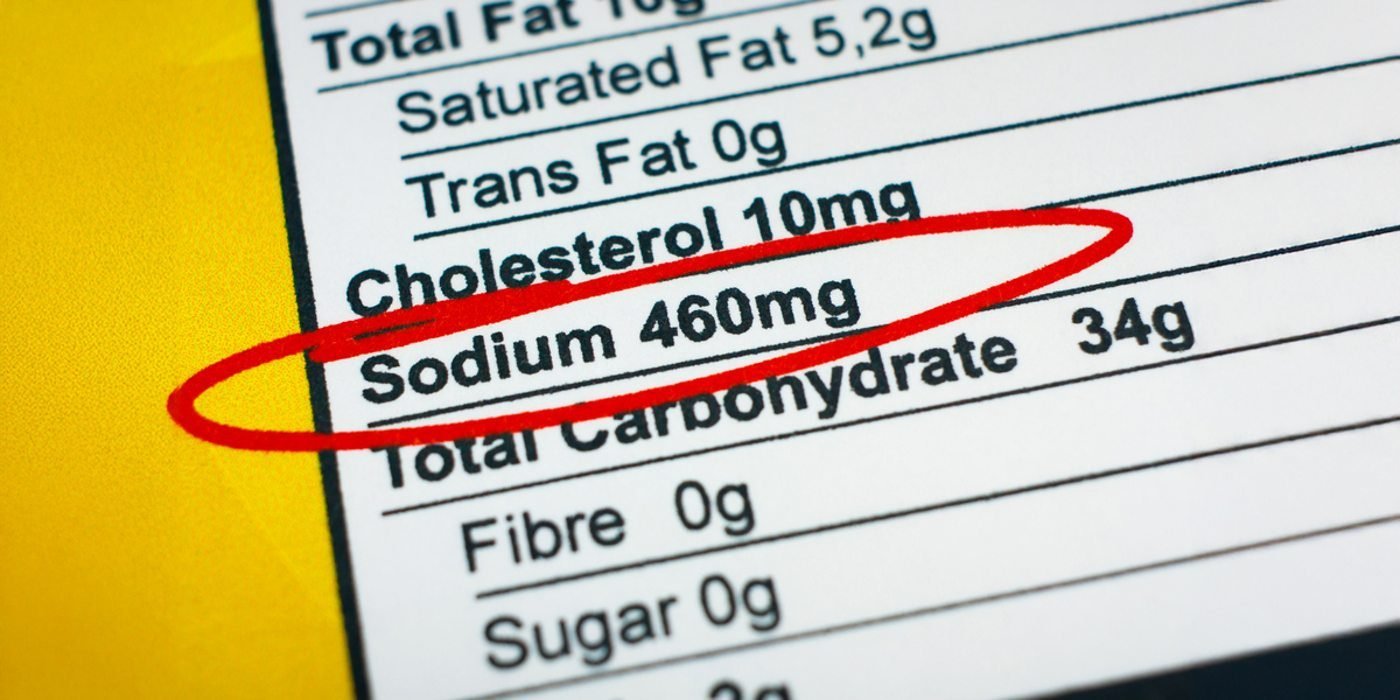Inside BENEO’s new pulse plant: pioneering sustainable protein from faba beans
This study is significant because high sodium intake is a leading cause of death and illness worldwide
The World Health Organization (WHO) has established global guidelines for sodium in packaged foods. A recent study by The George Institute for Global Health, published in The Lancet Public Health, examines the health benefits and cost-effectiveness of following these guidelines in India. This study is significant because high sodium intake is a leading cause of death and illness worldwide.
It is also concerning that consuming packaged foods with high sodium content is increasing rapidly. Compared to many high-income countries, India has a unique opportunity to improve dietary quality, such as lowering the sodium content of its packaged foods before they become a primary food source. Once people are used to consuming a lot of salty packaged foods, it may be more challenging to reduce the sodium content in those products.
The study’s findings showed that following the WHO’s sodium guidelines could prevent around 3,00,000 deaths from cardiovascular disease (CVD) and chronic kidney disease (CKD) already in the first 10 years. Additionally, about 1.7 million new CVD cases and 7,00,000 new CKD cases could be prevented compared to current practices. Reducing sodium in packaged foods could save nearly $800 million and 2.4 million cases of heart disease, strokes, and kidney disease. Over a lifetime, it could save $2.5 billion. These results give policymakers a strong reason to set limits on sodium in packaged foods, as it can lower healthcare costs related to chronic diseases.

